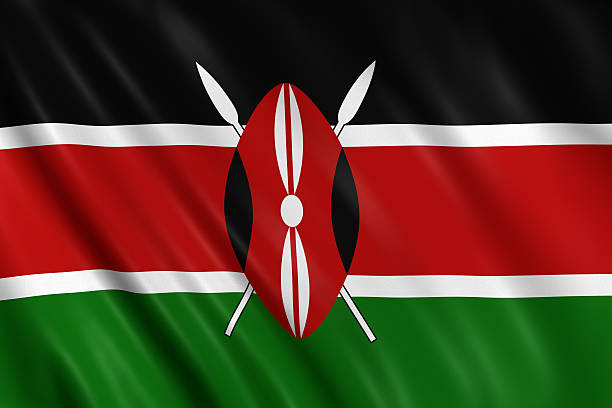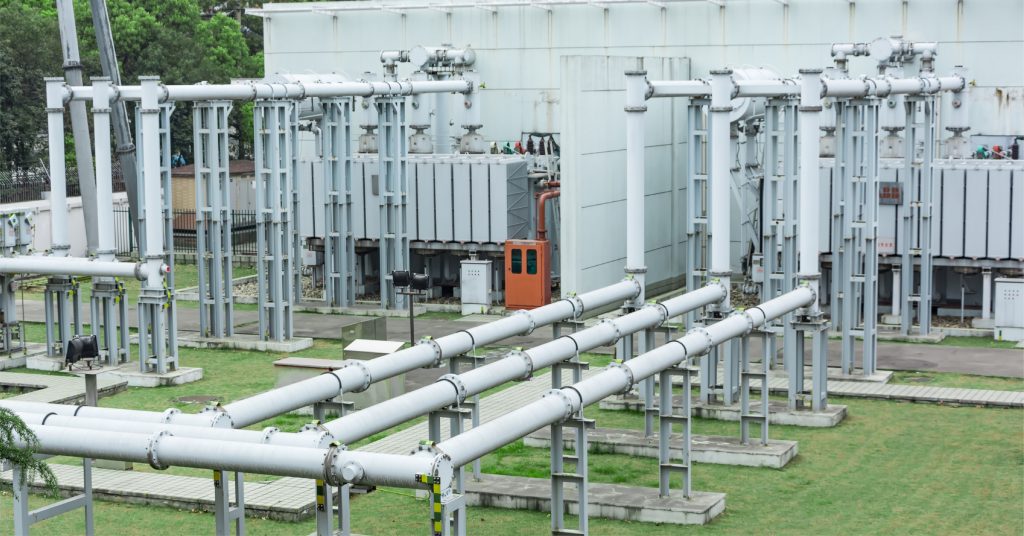In Kenya, access to clean and safe drinking water remains a significant challenge for many communities. As water sources become increasingly contaminated due to industrial activities, agricultural runoff, and inadequate waste management, the need for effective water purification methods has never been more critical. Ultrafiltration technology has emerged as a reliable solution for addressing these challenges, offering a high level of water purification that is essential for both residential and industrial applications. This blog will explore what ultrafiltration is, how the ultrafiltration process works, the benefits of modified ultrafiltration, and its relevance in Kenya’s water treatment landscape.
What is Ultrafiltration?
Ultrafiltration is a membrane filtration process that is used to remove suspended solids, bacteria, viruses, and other harmful particles from water. The ultrafiltration process involves passing water through a semi-permeable membrane that acts as a barrier, allowing only clean water and small molecules to pass through while retaining larger contaminants.
Unlike traditional filtration methods, ultrafiltration is capable of removing particles as small as 0.01 microns, making it highly effective in producing purified water. This level of filtration is significantly finer than that of microfiltration, which typically filters particles down to 0.1 microns. Ultrafiltration is often used in combination with other filtration methods to ensure the highest possible water quality.
The applications of ultrafiltration are diverse, ranging from providing safe drinking water in households to treating industrial wastewater. In Kenya, ultrafiltration systems are particularly valuable in rural areas where access to clean water is limited, as well as in industries that require high-purity water for their processes. Whether for municipal water treatment, food and beverage production, or pharmaceutical manufacturing, ultrafiltration offers a versatile and effective solution.
The Ultrafiltration Process: How It Works
Key components of an ultrafiltration system include the membrane module, feed pump, pressure vessels, and control systems. The feed pump pushes water through the membrane under pressure, ensuring that contaminants are effectively separated from the water. The pressure vessels house the membranes and are designed to withstand the forces exerted during the filtration process. Control systems monitor the operation of the ultrafiltration system, ensuring that it runs efficiently and that the water produced meets the desired quality standards.
Modified Ultrafiltration: Enhancing Performance
While traditional ultrafiltration systems are effective, modified ultrafiltration systems offer enhanced performance by incorporating advanced features that improve filtration efficiency. Modified ultrafiltration refers to systems that have been optimized through the use of specialized membranes, improved flow dynamics, or the integration of additional treatment stages.
One of the key benefits of modified ultrafiltration is its ability to handle higher levels of contaminants without compromising the quality of the filtered water. The enhanced performance of modified ultrafiltration systems also translates into longer membrane life and reduced maintenance costs. By optimizing the filtration process, these systems can operate more efficiently, reducing the need for frequent membrane replacements and lowering overall operational costs. For industries in Kenya, where cost-effectiveness is a key consideration, modified ultrafiltration offers a compelling solution for meeting water quality standards while minimizing expenses.
How Ion Exchange Offers Efficient Ultrafiltration Systems
Ion Exchange is a leading provider of water treatment solutions in Kenya, offering a range of ultrafiltration systems designed to meet the diverse needs of its clients. The company’s expertise in water treatment ensures that each ultrafiltration system is tailored to the specific requirements of the application, whether it’s for residential, commercial, or industrial use.
HYDRAMEM – Ultrafiltration Membrane
It is a tangential flow, a pressure-driven process that effectively filters particles based on their molecular size. With pore diameters ranging from 10 to 200 Å (0.001 to 0.02 microns), ultrafiltration membranes allow solvents and smaller species to pass through, resulting in a purified ultrafiltrate known as permeate, while larger particles are retained and concentrated. These membranes are reusable and can be cleaned with standard chemicals, making them highly efficient for continuous use. Ultrafiltration in process water treatment ensures the removal of nearly all particulate matter, suspended solids, bacteria, viruses, pyrogens, and colloidal materials, including non-reactive silica, iron, aluminum, and high molecular weight organics, making it essential for pharmaceutical and industrial applications.
Conclusion
Ultrafiltration is a powerful and versatile technology that plays a critical role in addressing Kenya’s water purification challenges. From ensuring safe drinking water in rural communities to providing high-purity water for industrial processes, ultrafiltration systems are indispensable tools in the fight against water contamination. Understanding what ultrafiltration is, how the ultrafiltration process works, and the benefits of modified ultrafiltration is essential for anyone involved in water treatment. As we’ve explored in this guide, these systems offer significant advantages in terms of efficiency, environmental impact, and cost-effectiveness.


